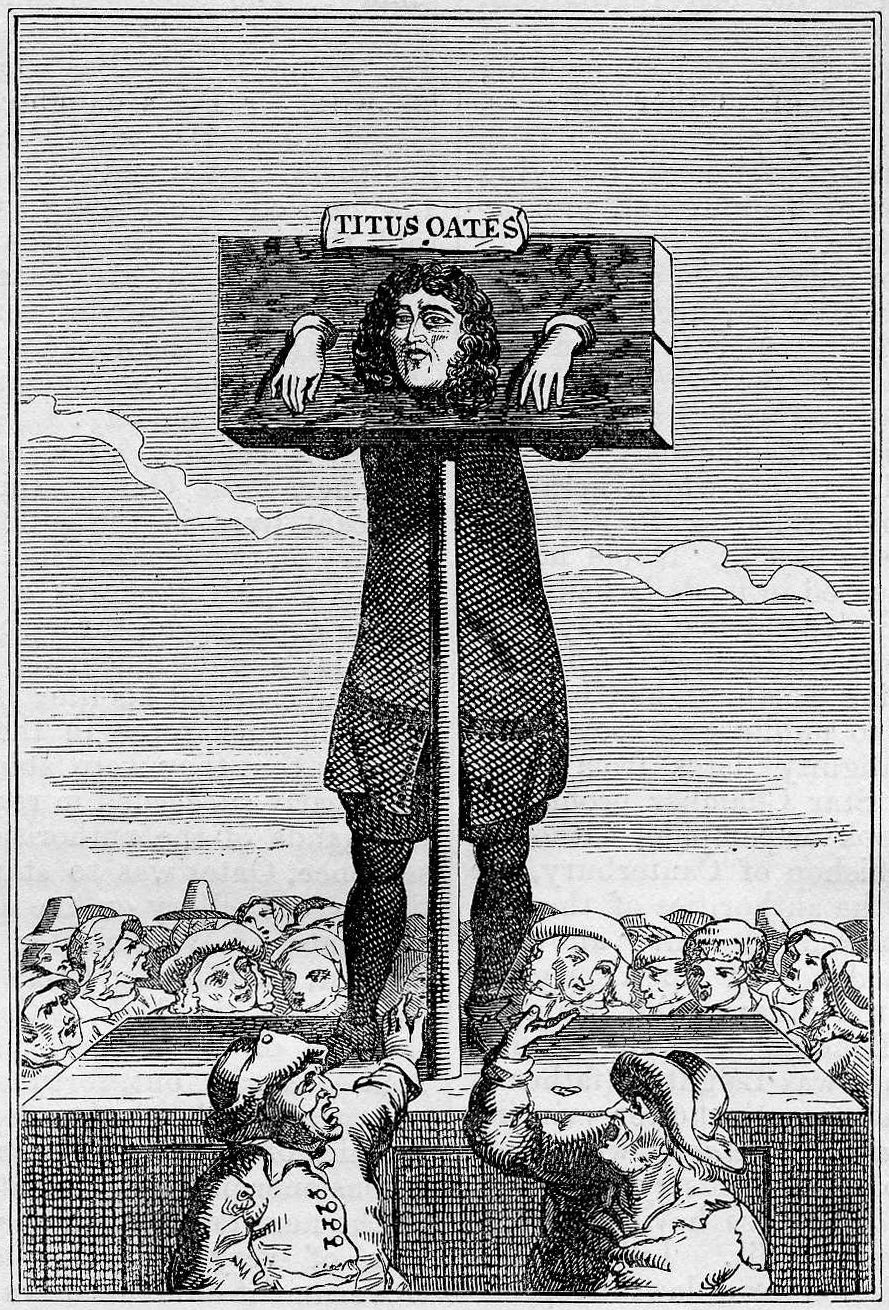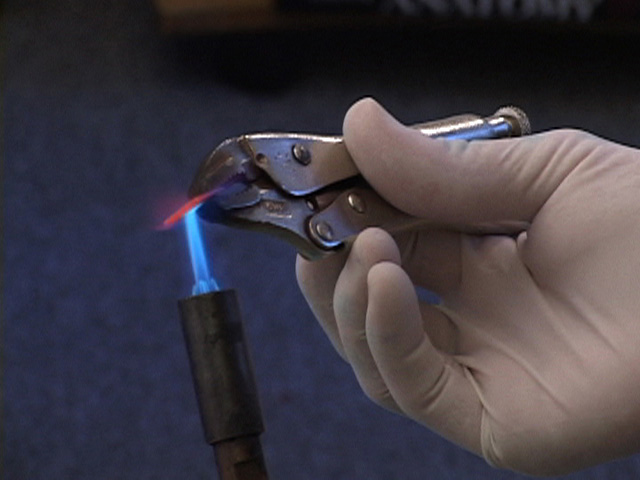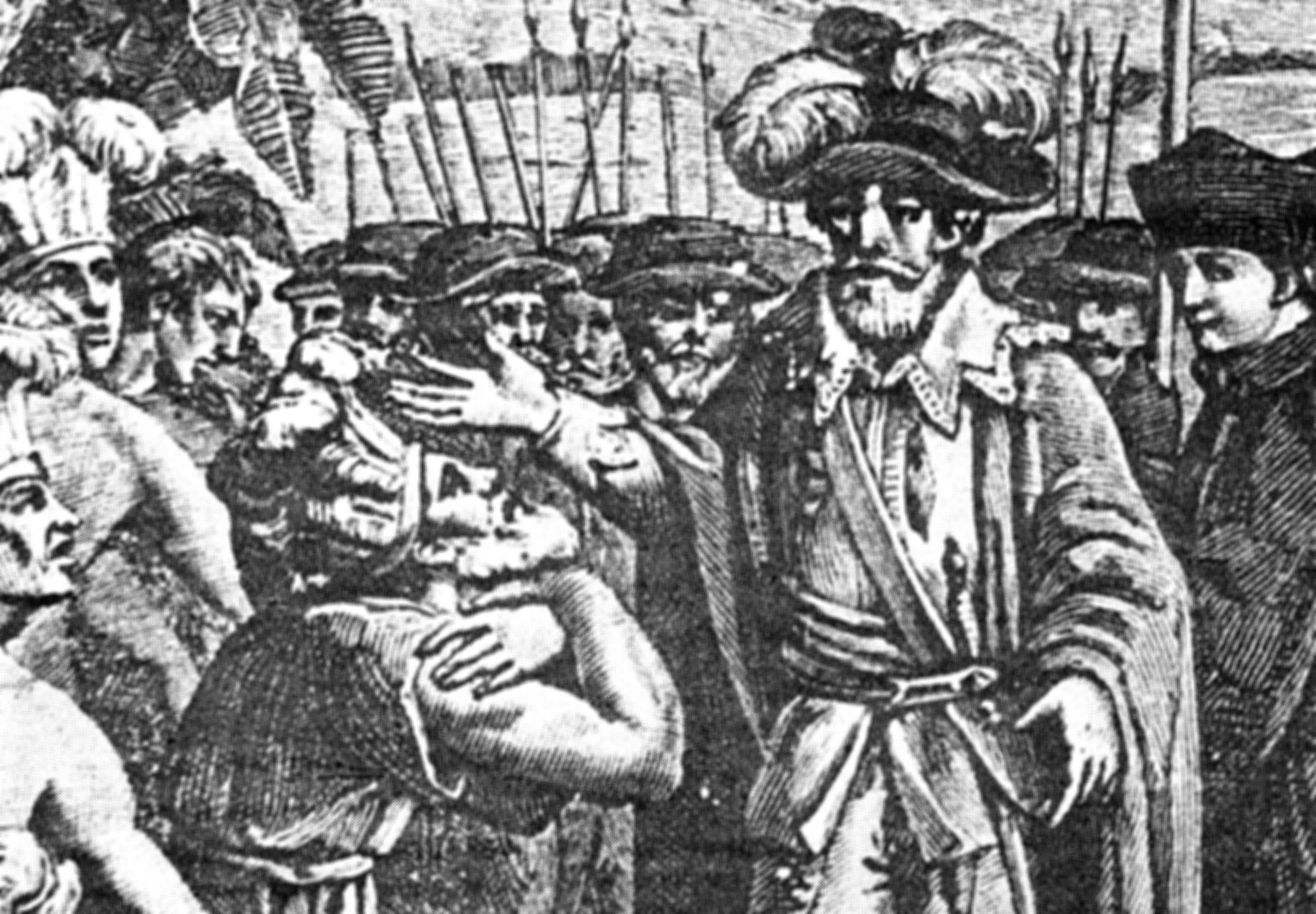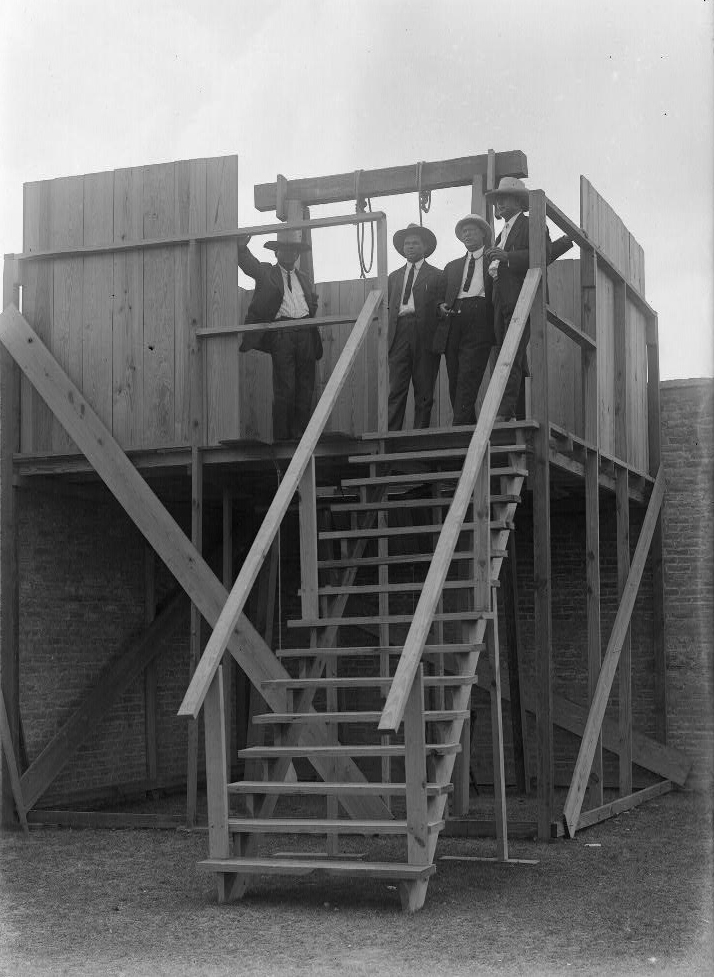|
Pilloried
The pillory is a device made of a wooden or metal framework erected on a post, with holes for securing the head and hands, formerly used for punishment by public humiliation and often further physical abuse. The pillory is related to the stocks. Etymology The word is documented in English since 1274 (attested in Anglo-Latin from ), and stems from Old French (1168; modern French , see below), itself from medieval Latin , of uncertain origin, perhaps a diminutive of Latin 'pillar, stone barrier'. Description Rather like the lesser punishment called the stocks, the pillory consisted of hinged wooden boards forming holes through which the head and/or various limbs were inserted; then the boards were locked together to secure the captive. Pillories were set up to hold people in marketplaces, crossroads, and other public places. They were often placed on platforms to increase public visibility of the person. Often a placard detailing the crime was placed nearby; these punishment ... [...More Info...] [...Related Items...] OR: [Wikipedia] [Google] [Baidu] |
Human Branding
Human branding or stigmatizing is the process by which a mark, usually a symbol or ornamental pattern, is burned into the skin of a living person, with the intention that the resulting scar makes it permanent. This is performed using a hot or very cold branding iron. It therefore uses the physical techniques of livestock branding on a human, either with consent as a form of body modification; or under coercion, as a punishment or to identify an enslaved, oppressed, or otherwise controlled person. It may also be practiced as a "rite of passage", e.g. within a tribe, or to signify membership of or acceptance into an organization. Etymology The English verb to ''burn'', attested since the 12th century, is a combination of Old Norse ''brenna'' "to burn, light", and two originally distinct Old English verbs: ''bærnan'' "to kindle" (transitive) and ''beornan'' "to be on fire" (intransitive), both from the Proto-Germanic root ''bren(wanan)'', perhaps from a Proto-Indo-European roo ... [...More Info...] [...Related Items...] OR: [Wikipedia] [Google] [Baidu] |
Perjury
Perjury (also known as foreswearing) is the intentional act of swearing a false oath or falsifying an affirmation to tell the truth, whether spoken or in writing, concerning matters material to an official proceeding."Perjury The act or an instance of a person’s deliberately making material false or misleading statements while under oath. – Also termed false swearing; false oath; (archaically forswearing." Like most other crimes in the common law system, to be convicted of perjury one must have had the ''intention'' ('' mens rea'') to commit the act and to have ''actually committed'' the act (''actus reus''). Further, statements that ''are facts'' cannot be considered perjury, even if they might arguably constitute an omission, and it is not perjury to lie about matters that are immaterial to the legal proceeding. Statements that entail an ''interpretation'' of fact are not perjury because people often draw inaccurate conclusions unwittingly or make honest mistakes without ... [...More Info...] [...Related Items...] OR: [Wikipedia] [Google] [Baidu] |
Historic Centre (Salvador, Bahia)
The Historic Center ( US) or Centre ( UK; pt, Centro Histórico) of Salvador de Bahia in Brazil, also known as the Pelourinho ( Portuguese for "Pillory") or Pelo, is a historic neighborhood in western Salvador, Bahia. It was the city's center during the Portuguese colonial period and was named for the whipping post in its central plaza where enslaved people from Africa were publicly beaten as punishment for alleged infractions. The Historic Center is extremely rich in historical monuments dating from the 17th through the 19th centuries. Designated a UNESCO World Heritage Site, the Pelourinho retains a vibrant repertoire of colonial Portuguese architecture, exemplified by the Mannerist decoration of the Cathedral of Salvador, the Baroque intricacy of the Church and Convent of São Francisco and the Church of the Third Order of Our Lady of the Rosary of the Black People, as well as the Rococo exuberance of the Church of Nosso Senhor do Bonfim. In addition, the Pelourinho ... [...More Info...] [...Related Items...] OR: [Wikipedia] [Google] [Baidu] |
Salvador, Bahia
Salvador ( English: ''Savior'') is a Brazilian municipality and capital city of the state of Bahia. Situated in the Zona da Mata in the Northeast Region of Brazil, Salvador is recognized throughout the country and internationally for its cuisine, music and architecture. The African influence in many cultural aspects of the city makes it a center of Afro-Brazilian culture. As the first capital of Colonial Brazil, the city is one of the oldest in the Americas and one of the first planned cities in the world, having been established during the Renaissance period. Its foundation in 1549 by Tomé de Sousa took place on account of the implementation of the General Government of Brazil by the Portuguese Empire. Centralization as a capital, along with Portuguese colonization, were important factors in shaping the profile of the municipality, as were certain geographic characteristics. The construction of the city followed the uneven topography, initially with the formation of two ... [...More Info...] [...Related Items...] OR: [Wikipedia] [Google] [Baidu] |
Nelas
Nelas () is a municipality located in the Centro Region of continental Portugal. The population in 2011 was 14,037, in an area of 125.71 km². History Settlement of the territory of Nelas dates back to the settlement by Neolithic and Stone age cultures, between 5000 and 3000 BC. Many of the structures that developed in this period were stone slabs and large rocks, and included megalithic monuments such as the Orca Pramelas, in Canas de Senhorim, and Outeiro Roque, near the village Lapa do Lobo. Roman settlements also intersected this territory, with the construction of roads (such as those still visible in Santar and Vilar Seco). Remnants of Middle Age influences can be since on the gravestone in Pedras da Forca. The municipality of Nelas was created on 9 December 1852, during the politico-administrative reforms following the Liberal Revolution, that rationalized the chaotic local administration, and merged the two older municipalities of Senhorim with Canas de Senhorim. By ... [...More Info...] [...Related Items...] OR: [Wikipedia] [Google] [Baidu] |
Portugal
Portugal, officially the Portuguese Republic, In recognized minority languages of Portugal: :* mwl, República Pertuesa is a country located on the Iberian Peninsula, in Southwestern Europe, and whose territory also includes the Macaronesian archipelagos of the Azores and Madeira. It features the westernmost point in continental Europe, its mainland west and south border with the North Atlantic Ocean and in the north and east, the Portugal-Spain border, constitutes the longest uninterrupted border-line in the European Union. Its archipelagos form two autonomous regions with their own regional governments. On the mainland, Alentejo region occupies the biggest area but is one of the least densely populated regions of Europe. Lisbon is the capital and largest city by population, being also the main spot for tourists alongside Porto, the Algarve and Madeira. One of the oldest countries in Europe, its territory has been continuously settled and fought over since prehistoric tim ... [...More Info...] [...Related Items...] OR: [Wikipedia] [Google] [Baidu] |
The Vere Street Gang At The Pillory In 1810
''The'' () is a grammatical article in English, denoting persons or things that are already or about to be mentioned, under discussion, implied or otherwise presumed familiar to listeners, readers, or speakers. It is the definite article in English. ''The'' is the most frequently used word in the English language; studies and analyses of texts have found it to account for seven percent of all printed English-language words. It is derived from gendered articles in Old English which combined in Middle English and now has a single form used with nouns of any gender. The word can be used with both singular and plural nouns, and with a noun that starts with any letter. This is different from many other languages, which have different forms of the definite article for different genders or numbers. Pronunciation In most dialects, "the" is pronounced as (with the voiced dental fricative followed by a schwa) when followed by a consonant sound, and as (homophone of the archaic pr ... [...More Info...] [...Related Items...] OR: [Wikipedia] [Google] [Baidu] |
High Justice
High, middle and low justices are notions dating from Western feudalism to indicate descending degrees of judicial power to administer justice by the maximal punishment the holders could inflict upon their subjects and other dependents. Low justice regards the level of day-to-day civil actions, including voluntary justice, minor pleas, and petty offences generally settled by fines or light corporal punishment. It was held by many lesser authorities, including many lords of the manor, who sat in justice over the serfs, unfree tenants, and freeholders on their land. Middle justice would involve full civil and criminal jurisdiction, except for capital crimes, and notably excluding the right to pass the death penalty, torture and severe corporal punishment, which was reserved to authorities holding high justice, or the ''ius gladii'' ("right of the sword"). Pyramid of feudal justice Although the terms ''high'' and ''low'' suggest a strict subordination, this was not quite the ca ... [...More Info...] [...Related Items...] OR: [Wikipedia] [Google] [Baidu] |
Gallows
A gallows (or scaffold) is a frame or elevated beam, typically wooden, from which objects can be suspended (i.e., hung) or "weighed". Gallows were thus widely used to suspend public weighing scales for large and heavy objects such as sacks of grain or minerals, usually positioned in markets or toll gates. The term was also used for a projecting framework from which a ship's anchor might be raised so that it is no longer sitting on the bottom, i.e., "weighing heanchor,” while avoiding striking the ship’s hull. In modern usage it has come to mean almost exclusively a scaffold or gibbet used for execution by hanging. Etymology The term " gallows" was derived from a Proto-Germanic word '' galgô'' that refers to a "pole", "rod" or "tree branch". With the beginning of Christianization, Ulfilas used the term ''galga'' in his Gothic Testament to refer to the cross of Christ, until the use of the Latin term (crux = cross) prevailed. Forms of hanging Gallows can take seve ... [...More Info...] [...Related Items...] OR: [Wikipedia] [Google] [Baidu] |






.png)

